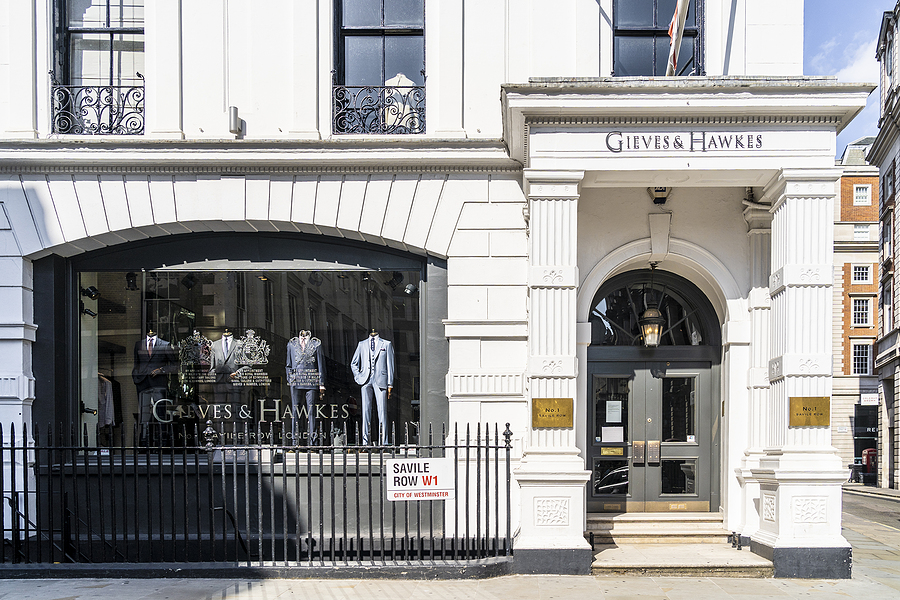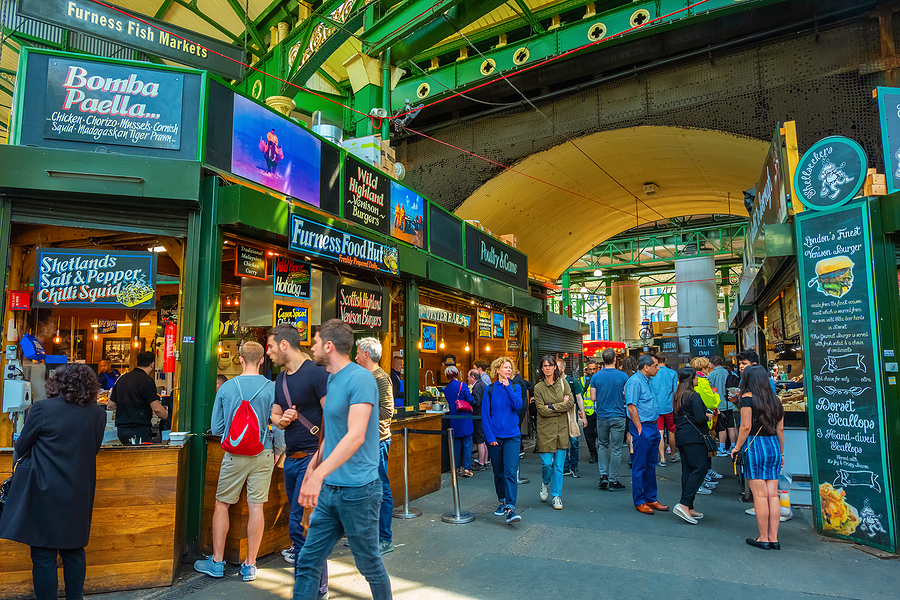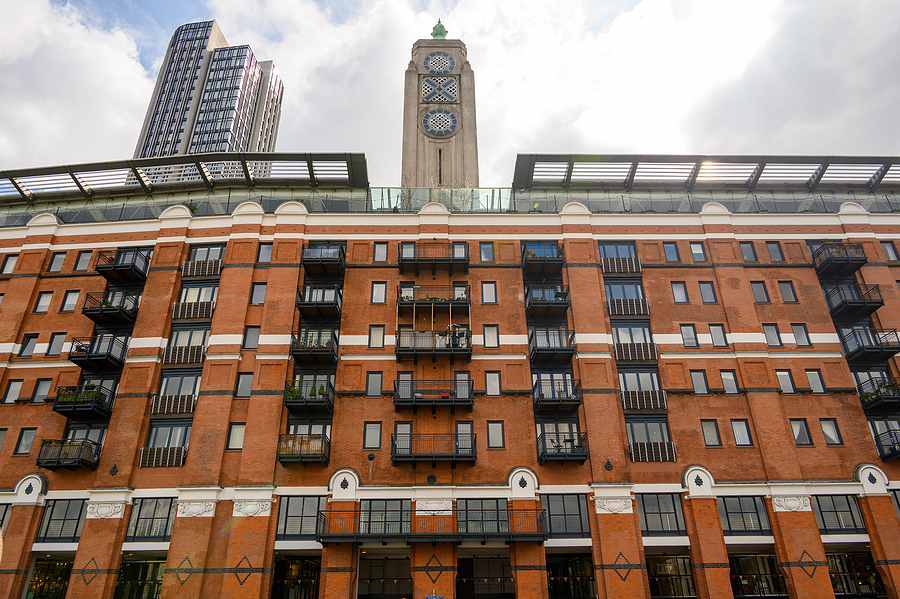Many elements of our London private tours make them exceptional, but the best of all is the fact that when it comes to seeing the finest aspects of London, you won’t just be visiting the most famous and obvious tourist traps.
This is even true for London’s greatest statues. You would naturally expect that many of the most prominent statues will be in busy, crowded places, as they have been placed where the public can see them. But not all of them are.
Political Figures In Parliament Square
Some places, it is true, have been established with the specific aim of providing a location for a lot of statues. A prime example of this is Parliament Square.
Standing close to the Houses of Parliament, it features major statesmen (and the occasional woman). The space itself was established in 1860 for this very purpose.
It is here that you will see many past prime ministers of Britain, including Winston Churchill, Sir Robert Peel (who founded the world’s first police force), Benjamin Disraeli, Britain’s first prime minister of Jewish heritage, and David Lloyd George, who led Britain to victory in the First World War.
However, there are also statues of statesmen from elsewhere, such as Indian independence movement leader Mahatma Gandhi and Nelson Mandela. Another figure famous for leading protests against injustice was Miriam Fawcett, who campaigned for women to gain the vote in the early 20th century.
Prominent Royals
As the centre of national political activity in Britain, one might expect to see prominent figures on show and the same applies to royalty. For example, you can see the equestrian statue of King George VI in Trafalgar Square. However, in this location, the most famous statue is that of Horatio Nelson atop his column.
Other kings whose statues stand in prominent places include medieval monarch Richard the Lionheart outside the Houses of Parliament and King Charles I at Charing Cross.
Queens include the Queen Victoria Monument in St James’s Park, right in front of Buckingham Palace, and Boudicca (spelt Boudicea in this case) and her daughters by Westminster Bridge. She was not queen of Britain or indeed England, but of the 1st century Iceni tribe from the east of England that defied Roman rule and attacked London.
The Roman Empire is represented by Emperor Trajan at Tower Hill by the London Wall, which the Romans built after founding the city. Elsewhere, the most poignant royal statue may be that of Princess Diana at Kensington Palace, unveiled in 2021.
From Shakespeare To Mr Bean
Of course, it is not just royal or political figures who have prominently placed statues. Apart from Nelson, there is the famous Crimean War nurse Florence Nightingale at Waterloo Place, William Shakespeare in Leicester Square Gardens, and Christopher Columbus in Belgrave Square.
There are even a few fictional characters and figures, such as Peter Pan in Kensington Gardens and a plethora of characters in Leicester Square, including Mr Bean, Mary Poppins and Paddington Bear.
If these are some of the most prominent statues, others are not so easy to find and many are little-known but fascinating.
Kings Off The Beaten Track
Among the great historic figures whose statues are located in less prominent spots that most tours will bypass is Alfred the Great, the Saxon king whose statue stands at Trinity Church Square in Southwark.
Edward the Confessor, the King who commissioned the building of Westminster Abbey, plus Edward III, both have statues in the vicinity. But these stand in the windows of The Sanctuary, a building opposite the Abbey that might be easily missed by those visiting the famous cathedral.
King Edward VII has his statue some way out of central London, outside Tooting Broadway Underground station, while the statue of Harold Godwinson, the monarch who got an arrow in the eye at the Battle of Hastings, stands in a niche at Waltham Abbey Church on the outer north-eastern fringe of London.
A Cheesy Tale
If these are cases of famous figures off the beaten track, there are also some hidden gems with their own stories to tell.
Perhaps the most notable of these is what is believed to be the smallest statue in London, the Philpot Lane Mice in the City.
It features two mice on the wall fighting over a piece of cheese in commemoration of an alleged incident in 1862, when two building workers got into an argument over where their lunch had gone, with one accusing the other of stealing his cheese sandwich. The row descended into fisticuffs and one fell to his death.
However, the real cheese thieves were found to have been two mice and the monument was added in tribute to the fallen worker.
Some tours might miss such fascinating wonders. But we won’t.











